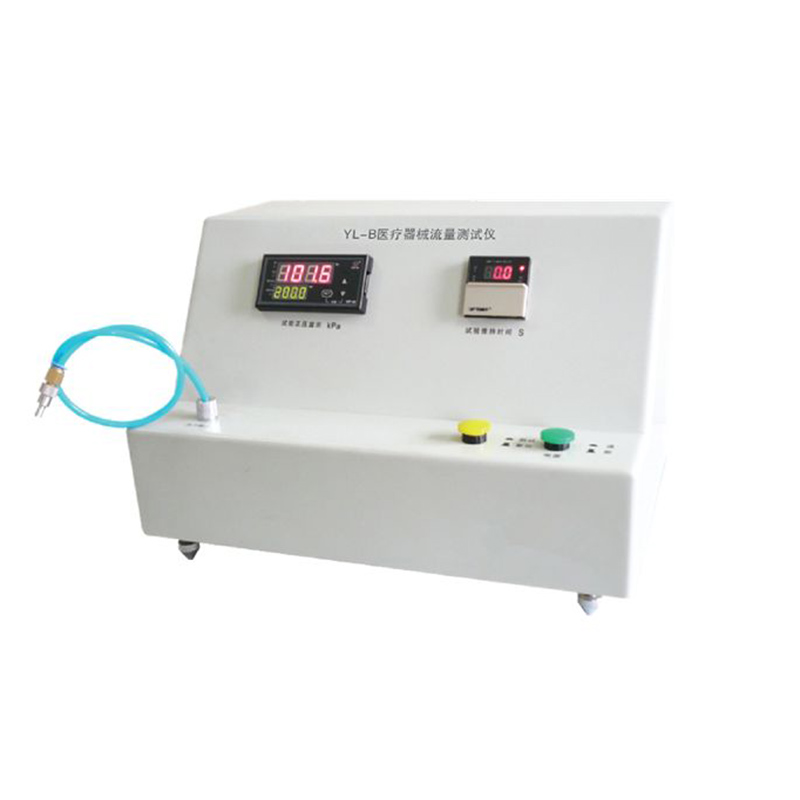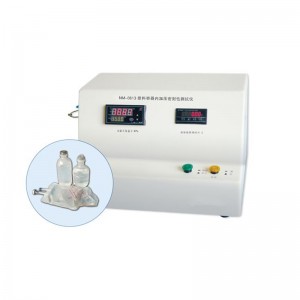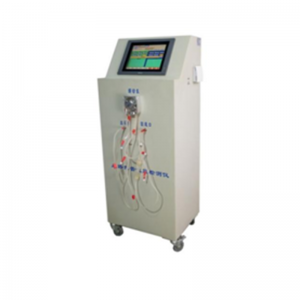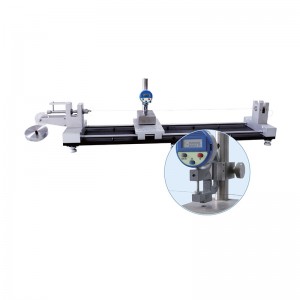YL-D Medical Device Flow Rate Tester
A medical device flow rate tester is a specialized tool used to test the flow rate accuracy and performance of various medical devices, such as infusion pumps, ventilators, and anesthesia machines. It ensures that these devices are delivering fluids or gases at the desired rate, which is critical for patient safety and effective treatment. There are different types of flow rate testers available, each designed to test specific medical devices and fluids. Here are a few examples: Infusion Pump Flow Rate Tester: This tester is specifically designed to measure the flow rate accuracy of infusion pumps. It typically uses a syringe or tubing system to simulate the flow of fluids that would be delivered to a patient. The tester then measures and compares the actual flow rate to the set rate programmed into the infusion pump.Ventilator Flow Rate Tester: This type of tester focuses on measuring and verifying the flow rate accuracy of ventilators. It simulates the flow of gases into and out of the patient's lungs, allowing for precise measurements and checks against the desired flow rate.Anesthesia Machine Flow Rate Tester: Anesthesia machines require accurate flow rates of gases such as oxygen, nitrous oxide, and medical air. A flow rate tester for anesthesia machines helps verify the flow rates of these gases, ensuring they are consistent and accurate for safe administration during surgeries or procedures.These flow rate testers often come with built-in sensors, displays, and software that provide real-time measurements, accuracy checks, and logs for documentation and troubleshooting purposes. They may also have the capability to simulate different flow rates or flow patterns to test the device's performance under various scenarios.When selecting a flow rate tester, it is essential to consider factors such as the specific medical device being tested, the range of flow rates it can accommodate, the accuracy and precision of measurements, and any regulatory requirements or standards that need to be met. Consulting with the device manufacturer or a reputable supplier can help determine the most suitable flow rate tester for your needs.








